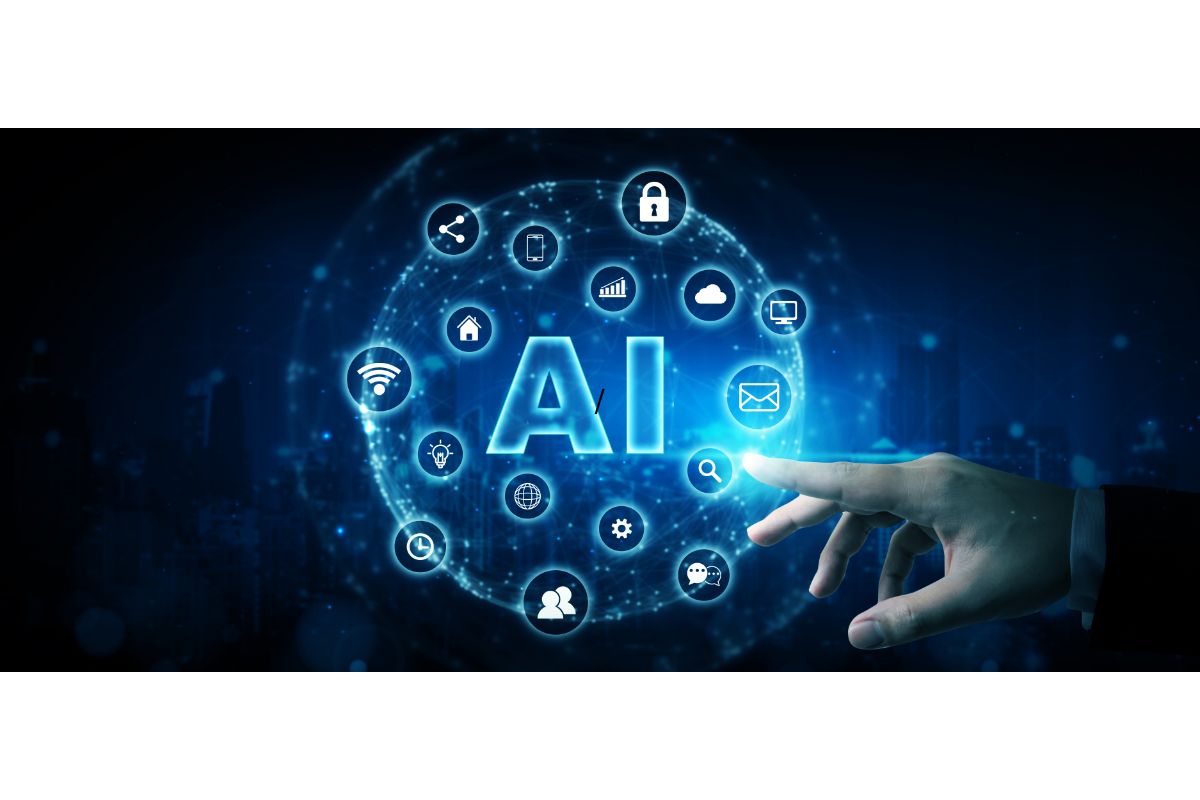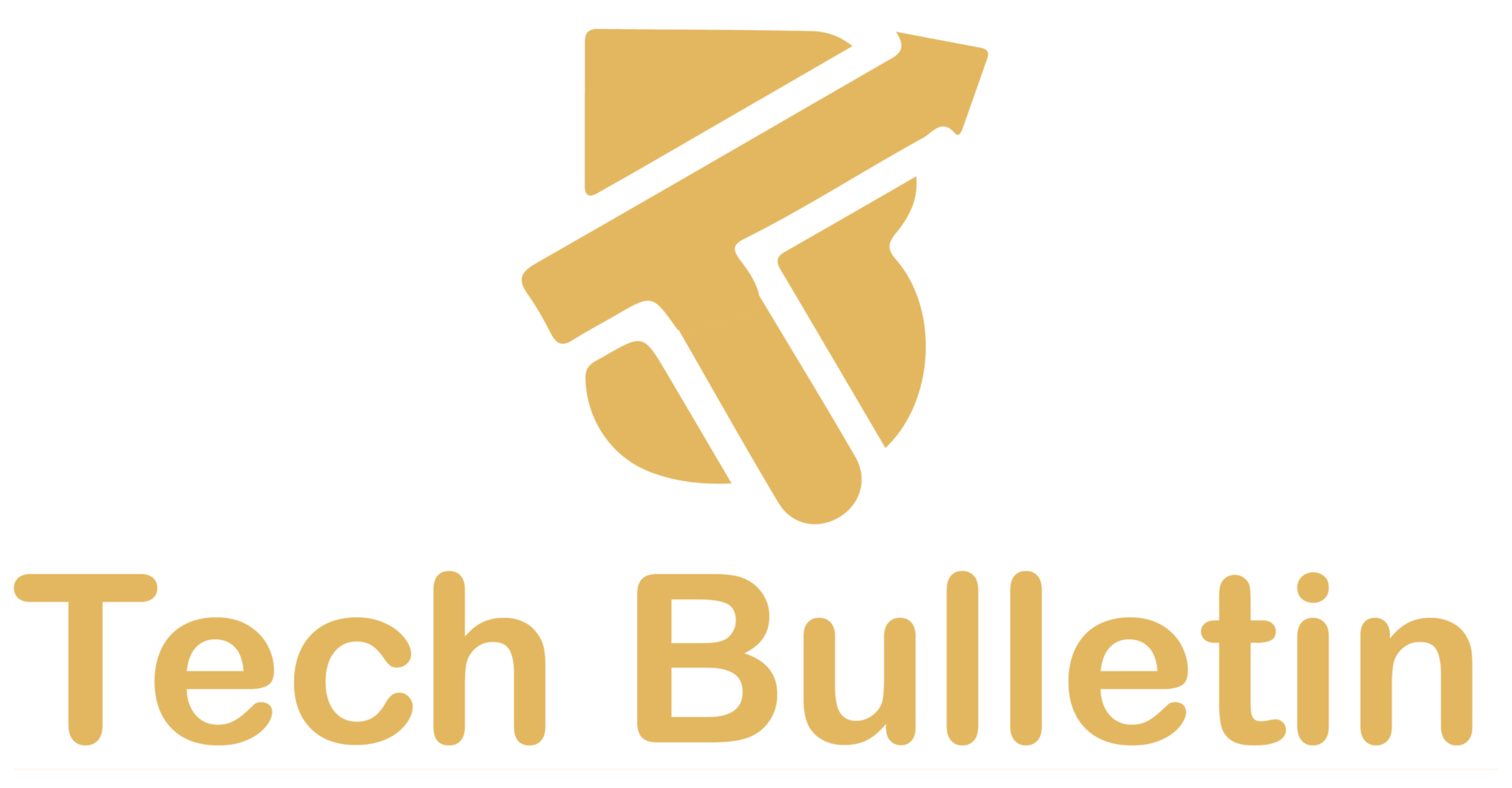5 Essential Types of AI Models You Should Know

Artificial Intelligence (AI) has become a driving force in reshaping industries and technologies. From voice assistants to self-driving cars, AI models are at the heart of many of today’s innovations. But do you know the different types of AI models and how they work? Understanding the various AI models can help you grasp their applications and make more informed decisions in both business and personal use.
In this article, we’ll explore five essential types of AI models you should know and how they are transforming the world around us. Whether you’re a beginner or someone looking to expand your knowledge, this guide will break down the concepts in a way that’s easy to digest.
1. Supervised Learning Models
Supervised learning is one of the most commonly used AI models. It involves training an AI model on a labelled dataset, meaning the data has both input features and corresponding output labels. The goal is for the model to learn the relationship between inputs and outputs so it can predict outcomes on new, unseen data.
How Does Supervised Learning Work?
In supervised learning, you provide the algorithm with pairs of input data and correct answers. The model uses these examples to learn and make predictions. This approach is often used in classification and regression tasks.
- Classification: This is where the AI model learns to classify data. For example, an AI might classify emails as spam or not spam based on past examples.
- Regression: In regression tasks, the AI model predicts continuous values. For instance, predicting the price of a house based on features like square footage, location, and number of bedrooms.
Common Applications of Supervised Learning
- Email filtering
- Predictive maintenance
- Image recognition
- Fraud detection
2. Unsupervised Learning Models
Unsupervised learning is a bit different. Instead of using labelled data, unsupervised learning models work with data that has no labels. The model tries to find hidden patterns or structures in the data without predefined outputs.
How Does Unsupervised Learning Work?
Unsupervised learning algorithms analyse the input data and group similar items together. This process is used for tasks like clustering or anomaly detection, where the model needs to detect hidden structures in the data without explicit guidance.
- Clustering: This involves grouping data points into clusters. For example, customer segmentation in marketing helps businesses target specific customer groups.
- Anomaly Detection: This is used to find outliers in the data. For instance, it can detect fraudulent transactions or equipment malfunctions.
Common Applications of Unsupervised Learning
- Customer segmentation
- Anomaly detection
- Market basket analysis
- Document clustering
3. Reinforcement Learning Models
Reinforcement learning (RL) is an AI model where an agent learns to make decisions by interacting with an environment. The goal is for the agent to maximise some notion of cumulative reward. Unlike supervised and unsupervised learning, where the model learns from data, reinforcement learning is based on trial and error.
How Does Reinforcement Learning Work?
In RL, the agent takes actions in an environment and receives feedback in the form of rewards or penalties. The agent learns the optimal strategy for achieving the highest reward over time. It’s similar to how humans learn new skills through experience and feedback.
Common Applications of Reinforcement Learning

- Robotics (e.g., teaching robots to navigate environments)
- Video games (e.g., AI playing games like chess or Go)
- Self-driving cars
- Dynamic pricing systems
4. Neural Networks and Deep Learning Models
Neural networks and deep learning represent a subset of machine learning algorithms inspired by the human brain. These models consist of layers of interconnected nodes (neurons) that process information in a way similar to biological neural networks.
How Do Neural Networks and Deep Learning Work?
Neural networks are designed to recognise patterns and structures in data. Deep learning is a type of neural network with many layers that allows it to learn more complex patterns and features. Deep learning models excel in processing large amounts of unstructured data, such as images, audio, and video.
- Convolutional Neural Networks (CNNs): These are used primarily for image and video recognition. They detect patterns such as edges, shapes, and textures, which are critical for tasks like object detection.
- Recurrent Neural Networks (RNNs): These are used for sequential data, such as time-series analysis or natural language processing (NLP). They remember previous inputs in a sequence, which makes them useful for applications like speech recognition.
Typical Applications of Neural Networks and Deep Learning
- Image recognition and classification
- Speech-to-text systems
- Autonomous driving
- Natural language processing (e.g., chatbots and virtual assistants)
5. Generative Models
Generative models are AI models designed to generate new data that resembles a given dataset. These models can produce content such as images, text, and music that is similar to what they’ve been trained on. One of the most famous examples of a generative model is Generative Adversarial Networks (GANs).
How Do Generative Models Work?
Generative models learn to generate new data by analysing the statistical properties of the training data. In GANs, two networks (a generator and a discriminator) work in opposition to improve the quality of generated data. The generator creates fake data, and the discriminator tries to determine whether it’s real or fake. Over time, the generator improves to create data that’s indistinguishable from real data.
Common Applications of Generative Models

- Image and video generation
- Text generation (e.g., language models like GPT)
- Art and music creation
- Deepfake technology
Conclusion
Understanding the types of AI models is crucial for grasping how AI is revolutionising industries and driving innovation. From supervised learning for predictions to generative models that create new content, each AI model offers unique benefits and has its own set of applications. Whether you’re exploring AI for business or personal use, knowing these models will give you the foundation to dive deeper into the world of artificial intelligence.
As AI continues to evolve, staying updated on the different types of AI models will ensure you’re well-equipped to make informed decisions and embrace the opportunities AI has to offer.
FAQs
1. What is the difference between supervised and unsupervised learning?
Supervised learning uses labelled data to make predictions, while unsupervised learning finds hidden patterns in unlabeled data.
2. What is a neural network?
A neural network is an AI model inspired by the human brain that recognises patterns in data through interconnected nodes.
3. How does reinforcement learning work?
Reinforcement learning is based on trial and error, where an agent learns to make decisions by receiving rewards or penalties for its actions.
4. What is deep learning used for?
Deep learning, a subset of neural networks, is used for complex tasks like image recognition, speech processing, and autonomous driving.
5. Can generative models create realistic content?
Yes, generative models like GANs can produce highly realistic images, text, and even videos that mimic real-world data.
6. What are the typical applications of reinforcement learning?
Reinforcement learning is commonly used in robotics, gaming, self-driving cars, and dynamic pricing systems.
7. How are AI models improving business efficiency?
AI models optimise tasks like predictive analytics, customer segmentation, and automation, significantly improving business decision-making and efficiency.
Also Read: Generative AI vs Machine Learning: Understanding Key Differences







